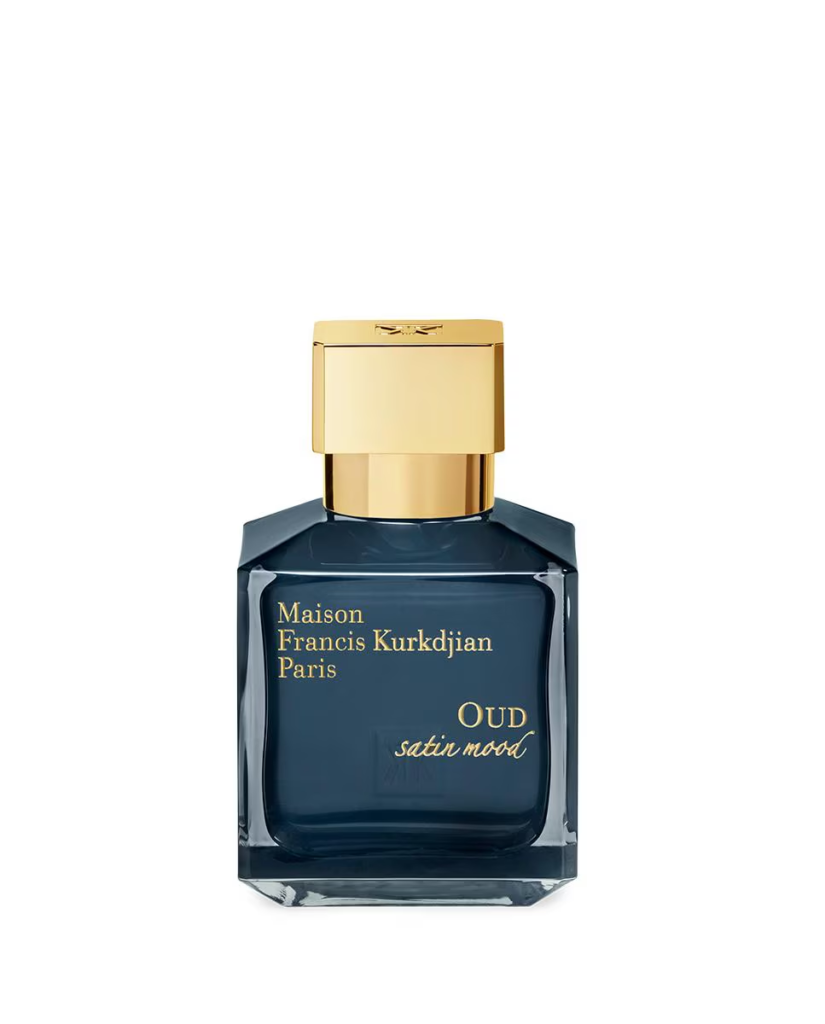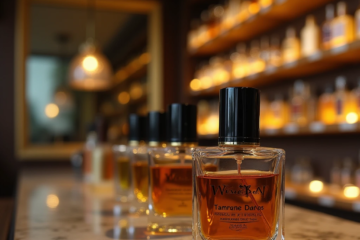Oud, also known as agarwood, is a luxurious aromatic ingredient that has captivated fragrance enthusiasts worldwide. However, its appeal varies significantly between Eastern and Western markets, with distinct preferences emerging in each. In recent years, there has been a growing interest in oud products in Western markets, prompting many brands to include them in their signature collections. This article explores why certain types of oud appeal more to Western audiences and identifies the aromatic notes that Western consumers prefer in oud-based products. By understanding these preferences, perfumers can craft products that meet the expectations of a broader audience, enhancing the global appeal of oud.
The Appeal of Soft and Blended Oud
One of the primary reasons certain types of oud appeal more to Western consumers is the preference for soft and blended scents. Unlike traditional Middle Eastern perfumes, which often use oud in its purest and most concentrated form, Western perfumers mix oud with other ingredients to create a balanced and softer fragrance profile. This approach ensures that the scent is not overwhelming, making it more approachable for those unfamiliar with oud or who find the strong, smoky notes too intense.
Western consumers tend to favor oud types that carry hints of sweetness, warmth, or freshness. For instance, Cambodian and Laotian oud are known for their sweet, fruity, and honey-like notes, providing a rich yet gentle olfactory experience. These varieties are less intense compared to the deep, resinous Indian oud, making them ideal for consumers seeking luxurious yet approachable scents.
Expert Insight: British fragrance expert Jonathan Hopper notes, “Laotian oud has a depth and elegance that is hard to resist, especially when blended with elements like rose and vanilla. This balance makes it appealing to Western consumers who prefer complex yet subtle aromas.”

Preference for Sweet, Warm, and Woody Scents
Western consumers often prefer sweet, warm, and woody scents in their perfumes. Oud varieties that feature these characteristics perform well in Western markets. Cambodian oud, with its sweet and warm aroma, is a popular choice as it offers a luminous scent without being overpowering. Additionally, the warm, woody notes of Malaysian oud are utilized in many high-end perfumes to add an earthy and grounded element that complements other ingredients.
Notable examples include «Velvet Rose & Oud» by Jo Malone, where oud is blended with rose, praline, and clove, creating a sweet and warm fragrance that resonates with Western consumers. Another popular choice is «Oud Wood» by Tom Ford, which highlights the woody notes mixed with spices and vanilla, creating a luxurious and refined scent.

The Unique and Distinctive Character of Oud
Western consumers have shown an increasing interest in products that offer a sense of uniqueness and luxury. Oud, often referred to as «liquid gold,» provides an exotic touch that sets it apart from other aromatic ingredients. Its appeal grows when oud is used to create complex, multi-dimensional scents that differ from traditional Western perfumes. As a result, fragrances that incorporate oud in a refined and subtle manner have become symbols of exclusivity and prestige.
Success Story: «Oud Satin Mood» by Maison Francis Kurkdjian is a perfect example of how the unique characteristics of oud are celebrated. This fragrance uses Laotian oud, which is smooth and silky, and blends it with rose and violet to create a luxurious, satin-like aroma. This perfume combines the distinctive character of oud with floral and woody notes in a way that appeals to Western consumers looking for a signature scent that is both sophisticated and harmonious.

Importance of Soft Floral and Citrus Notes
Western perfumers often blend oud with soft floral and citrus notes to enhance its appeal. By combining the earthy, rich notes of oud with lighter, fresher tones, they create a versatile fragrance suitable for various occasions and seasons. Floral and citrus elements help tone down the intensity of oud, making it more accessible and enjoyable for all-day wear.
An example of this is «Oud & Bergamot» by Jo Malone, where the deep, woody notes of oud are brightened with refreshing citrus and clean floral tones. This blend offers a balanced and elegant scent, perfect for consumers who might find pure oud too intense. Similarly, «Oud Fleur» by Tom Ford highlights floral notes alongside oud to add a romantic and alluring dimension to the fragrance.
Conclusion
The charm of oud in Western markets lies in its versatility and ability to blend with a wide range of aromatic tones. By understanding why certain types of oud, such as Cambodian and Laotian, are favored and identifying the core notes that resonate with Western consumers, brands can create products that cater to diverse tastes. Strategic use of keywords, along with the careful blend of sweetness, warmth, and freshness, ensures that consumers remain drawn to oud.
to readers.




